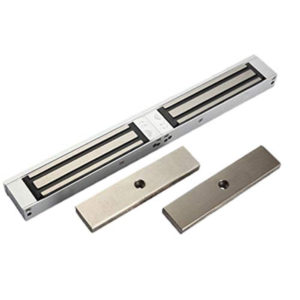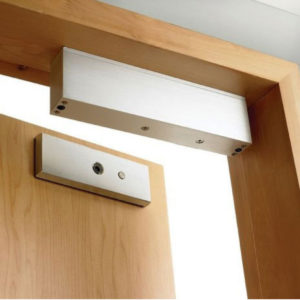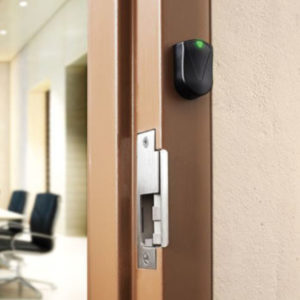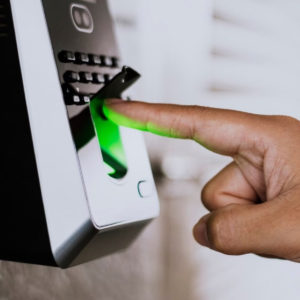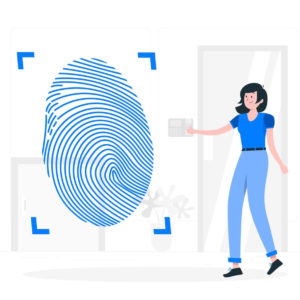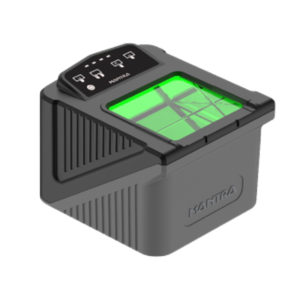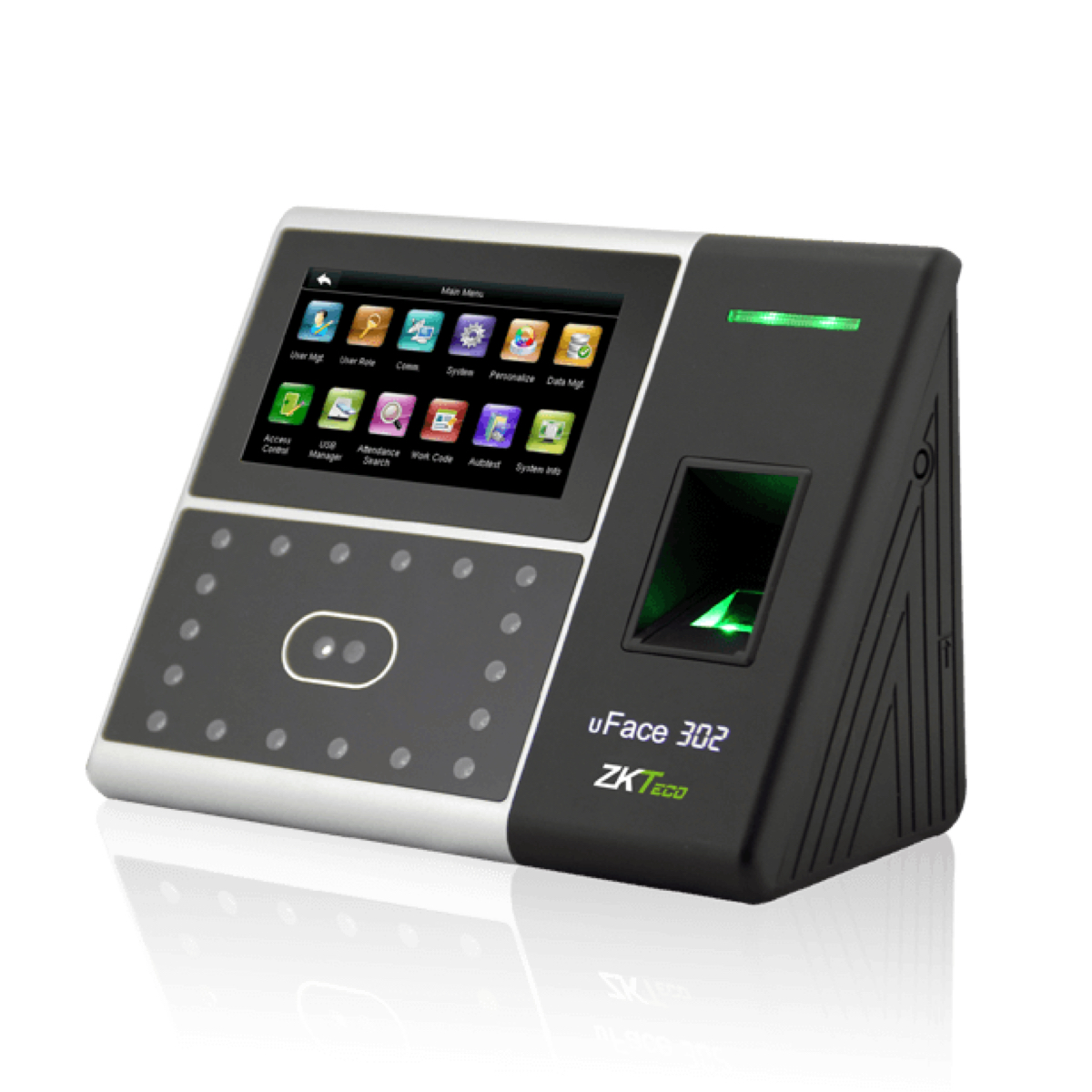
26 Jul Biometric Time Clock with Access Control
What is a Biometric Time Clock with Access Control?
A biometric time clock with access control is a system that combines time tracking and physical access control into one device.
Biometric Time Clock:
This part of the system is used to accurately track employee time for payroll, attendance, and compliance purposes. Rather than using paper timesheets or cards that can be lost or manipulated, the biometric time clock uses unique physical or behavioral characteristics such as fingerprints, facial recognition, or iris scanning to identify employees. This helps prevent “buddy punching” where one employee clocks in or out for another, which can lead to inaccurate time tracking and potential wage fraud.
Access Control:
This is a security measure that determines who is allowed to access specific areas of a workplace or other secure facility. With a biometric access control system, the same unique identifiers used for the time clock can also be used to allow or restrict access to secure areas. The system can be programmed to allow certain employees access to specific areas based on their role or clearance level, and to keep a record of when and where each employee has been.
The integration of these two functions into one system can provide a number of benefits, including increased security, more accurate time tracking, reduced administrative overhead, and greater overall efficiency. However, the implementation of such a system must be done with care for the privacy and rights of the employees. The use of biometric data can raise concerns about privacy and consent, and organizations must ensure they comply with all relevant regulations when implementing these systems.
What kind of biometrics are used in time clocks?
Biometric time clocks can support a range of biometric identifiers, depending on the sophistication of the system. Commonly supported biometrics include:
Fingerprint Recognition:
This is one of the most widely used forms of biometric identification due to its convenience and cost-effectiveness. These systems scan the unique patterns of ridges and valleys on a finger to identify the user.
Facial Recognition:
These systems use cameras and advanced algorithms to analyze facial features such as the distance between the eyes, the shape of the cheekbones, and the length of the jawline. Facial recognition has the advantage of being contactless, which can be more hygienic and less intrusive.
Iris Recognition:
Iris recognition systems scan the unique patterns in an individual’s iris. This form of biometric identification is highly accurate, but the technology is typically more expensive and may require the user to position their eye close to the scanner.
Hand Geometry:
Hand geometry systems measure and analyze the shape of a user’s hand, including the length and width of the fingers and the overall dimensions of the hand. While not as precise as some other methods, hand geometry can be a good choice for environments where more sensitive methods are impractical.
Voice Recognition:
Some systems can identify users based on their unique voice characteristics. However, voice recognition is typically less reliable than other methods and can be affected by background noise or changes in the user’s voice due to illness or other factors.
Palm Vein Recognition:
This technology uses infrared light to scan the unique vein patterns in a user’s palm. It offers high accuracy and is contactless, but the scanners are often more expensive.
How does the time clock lock the door?
A biometric time clock with access control typically connects to the door’s locking mechanism, which can either be a magnetic lock or an electric strike, using a series of wires or wireless communication.
Magnetic Door Locks:
Also known as maglocks, these operate on the principle of electromagnetism. The system comprises an electromagnet and an armature plate. The electromagnet is attached to the door frame, and the armature plate is attached to the door. When the system is energized, the magnet attracts the plate, locking the door. The door remains locked as long as power is supplied to the magnet. Access control devices like biometric time clocks can control the supply of power. When the appropriate biometric data is presented, the system interrupts the power supply to the magnet, disengaging the lock and allowing the door to open.
Door Strikes:
A door strike, or electric strike, is an access control device installed in the door frame. It features a metal plate and a latch hole, which can be manipulated electronically to lock or unlock the door. When the electric strike is in the locked state, the latch hole is blocked, and the door remains locked. When an authorized biometric input is received from the access control device, the system triggers the electric strike to change state. The latch hole becomes unblocked, and the door can be opened. The door can still be manually locked or unlocked from the inside, offering a means of egress in case of emergencies.
Both types of lock provide high levels of security, but the choice between them depends on various factors including the specific requirements of the door and building, fire safety regulations, and the need for fail-safe or fail-secure operation.
When does the time clock allow access to the user?
When an individual presents their biometric data to the time clock and access control system, such as a fingerprint or facial scan, the system compares this data to the stored information for authorized users. If the data matches an authorized user profile, the system confirms successful identification.
Following this verification, the system sends an electronic signal to the door’s locking mechanism. In the case of an electric strike, this signal activates the strike, unblocking the latch hole and allowing the door to be opened. With a magnetic lock, the signal cuts the power to the electromagnet, disengaging the lock and enabling the door to open.
In many systems, this process is nearly instantaneous, ensuring quick and seamless access for authorized individuals. After the door is closed again, the lock automatically resets, securing the door until the next authorized access. This automation allows for efficient, secure access control without requiring physical keys or manual locking and unlocking.
As a side benefit, the system also logs the access event, recording the time and identity of the user. This creates a detailed access history for security review and provides precise time tracking for payroll and attendance purposes.
What happens in the event of a power failure?
In the case of a power failure, it’s important that access control and biometric systems have backup power sources and manual override capabilities to ensure both the security of the premises and the safety of the individuals inside.
Power Backup:
Access control systems often include battery backup systems that automatically engage in the event of a power outage. These backup systems can continue to provide power for a limited amount of time to essential devices, including the biometric time clocks and the door locks. The length of time that the backup system can provide power will depend on the capacity of the battery and the power requirements of the devices. Regular testing and maintenance are necessary to ensure the battery backup system will function properly when needed.
Manual Operation:
In addition to power backup systems, many access control systems include a manual override feature. In the case of an emergency or prolonged power failure, doors can be unlocked manually using specialized keys. For magnetic locks, a mechanical override key can be used to unlock the door manually. For electric strikes, a key can be used on the associated mechanical lockset. It is crucial that these override keys are stored securely and are accessible only to authorized personnel to prevent misuse.
Fail-safe locks are designed to unlock when power is lost, providing a safe exit pathway in case of an emergency. This is important for fire safety regulations. Fail-secure locks, on the other hand, remain locked during a power outage to secure the premises. The choice between these two types depends on the needs and regulations of the specific building or area.
Whether using battery backup or manual override, it’s essential that organizations have contingency plans in place for power failures or other emergencies and that staff are trained in these procedures.

